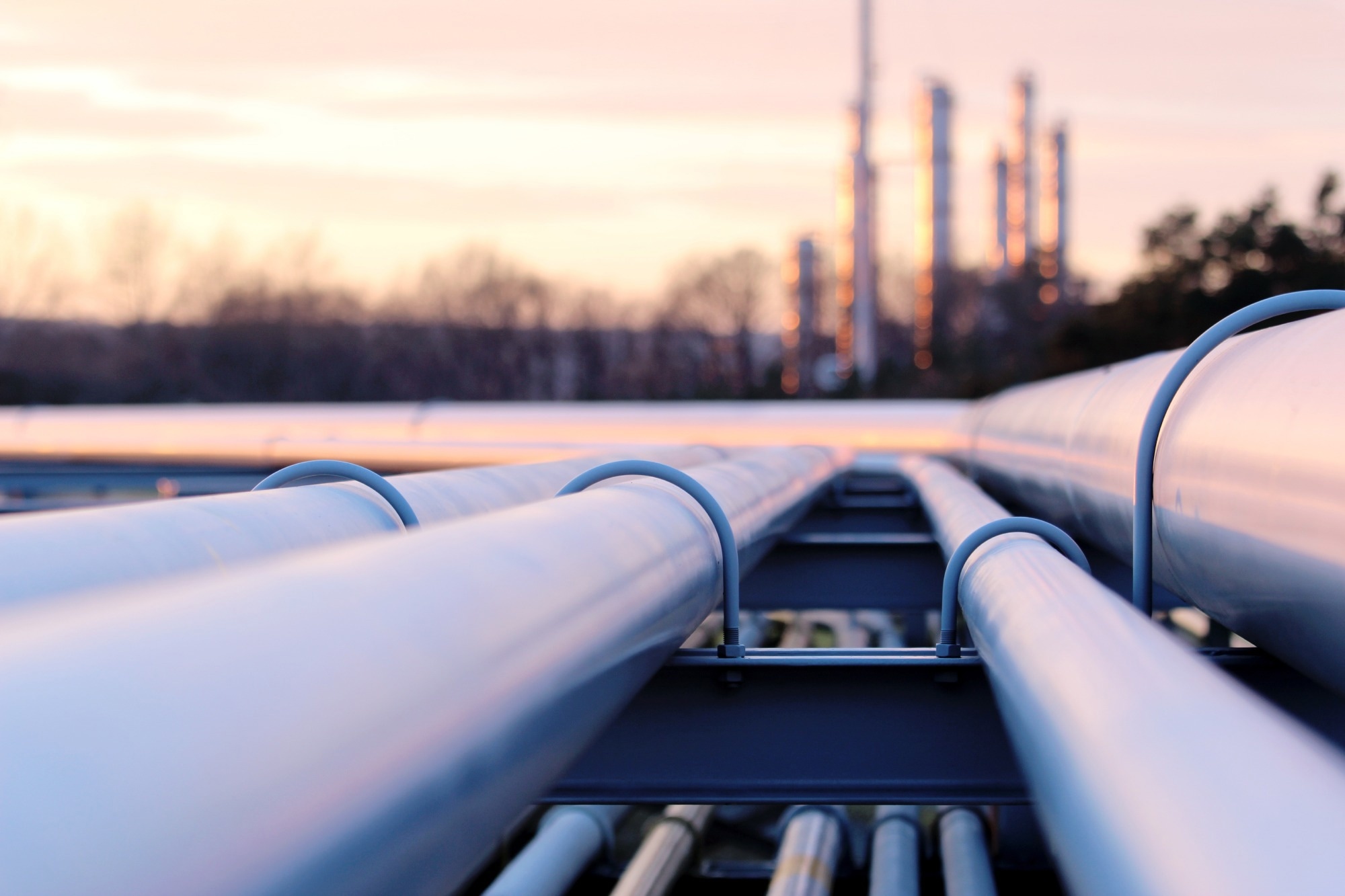Reviewed by Emily Henderson, B.Sc.Nov 1 2022
For the first time, a smart valve was designed in South Korea that automatically separates pipe ruptures brought on by mishaps.

Image Credit: Kodda/Shutterstock
The “K-smart valve” was successfully developed by the Korea Institute of Machinery and Materials (KIMM), an organization under the control of the Ministry of Science and ICT, and is capable of quickly identifying and isolating ruptured pipes on its own and recovering crucial pipeline system functions when a leak occurs as a result of an unanticipated pipe breakage at an industrial site.
The US Navy invented the “Smart Valve” for use on naval ships. The valve created by KIMM researchers operates using an entirely unique mechanism (algorithm), hence the term “K-Smart Valve.”
The research team used an artificial intelligence (AI) algorithm to the K-Smart Valve to autonomously identify leakage and isolate ruptured pipes without any control commands from an operator, under the direction of Dr. Byungchang Jung, a principal researcher at the KIMM Department of System Dynamics.
Most piping systems in military ships, commercial ships, offshore plants, etc., include a valve remote control system (VRCS). An operator can use the VRCS to remotely open and stop valves while keeping an eye on a pipeline's pressure, flow, and temperature as needed.
It is difficult for employees to detect the situation and act calmly when unanticipated accidents like pipe breaks with communication network outages or electric power outages happen. Furthermore, if they do not react quickly enough, such occurrences can cause more extensive collateral damage.
The K-Smart Valve from KIMM was created primarily for use in pipeline systems found in navy ships, such as cooling and fire-suppressing systems.
To reduce the secondary damage from the spread of fire or weapon system overheating in the event of unexpected pipe damage from a threat during combat, the K-Smart Valve can swiftly restore the original functions of the pipeline system (e.g., using fire-extinguishing water or cooling water) without any control from crews.
A valve body, two pressure sensors, an actuator, and a control module make up the K-Smart Valve. A remote-control valve can easily transform into a K-Smart Valve by adding an AI algorithm to its control module.
As a result, a VRCS that is already placed in any pipeline system can be readily modified to create an autonomous recovery system using K-Smart Valves.
The K-Smart Valve can prevent human life and property losses in various industrial sites through rapid recovery in the event of a pipe breakage accident. In the future, the K-Smart Valve will be widely used for unmanned technology not only in the military, such as for naval ships, but also in general ships and onshore and offshore plants at industrial sites.
Dr Byungchang Jung, Principal Researcher, Department of System Dynamics, Korea Institute of Machinery and Materials
This research was done as a part of the KIMM core project, “AI-based machine system predictive diagnosis and accident response technology.”
To integrate the technology into the fire extinguishing system of navy warships, there are plans to start implementing practical applications through the civil-military technology transfer project in 2023 in cooperation with BY Controls, Inc. and Pusan National University.
[Attachment 2-2] Video of the Rupture Test and the Test Bed (downsized firemain of a Naval Ship)
Video of the Rupture Test and the Test Bed (downsized firemain of a Naval Ship). Video Credit: Korea Institute of Machinery and Materials (KIMM)
Journal Reference:
Jung, B. C., et al. (2022) A Development of Autonomous Recovery System for Pipeline of Naval Ships by Using a Multistage Control Algorithm. IEEE. doi:10.1109/TMECH.2021.3082631.